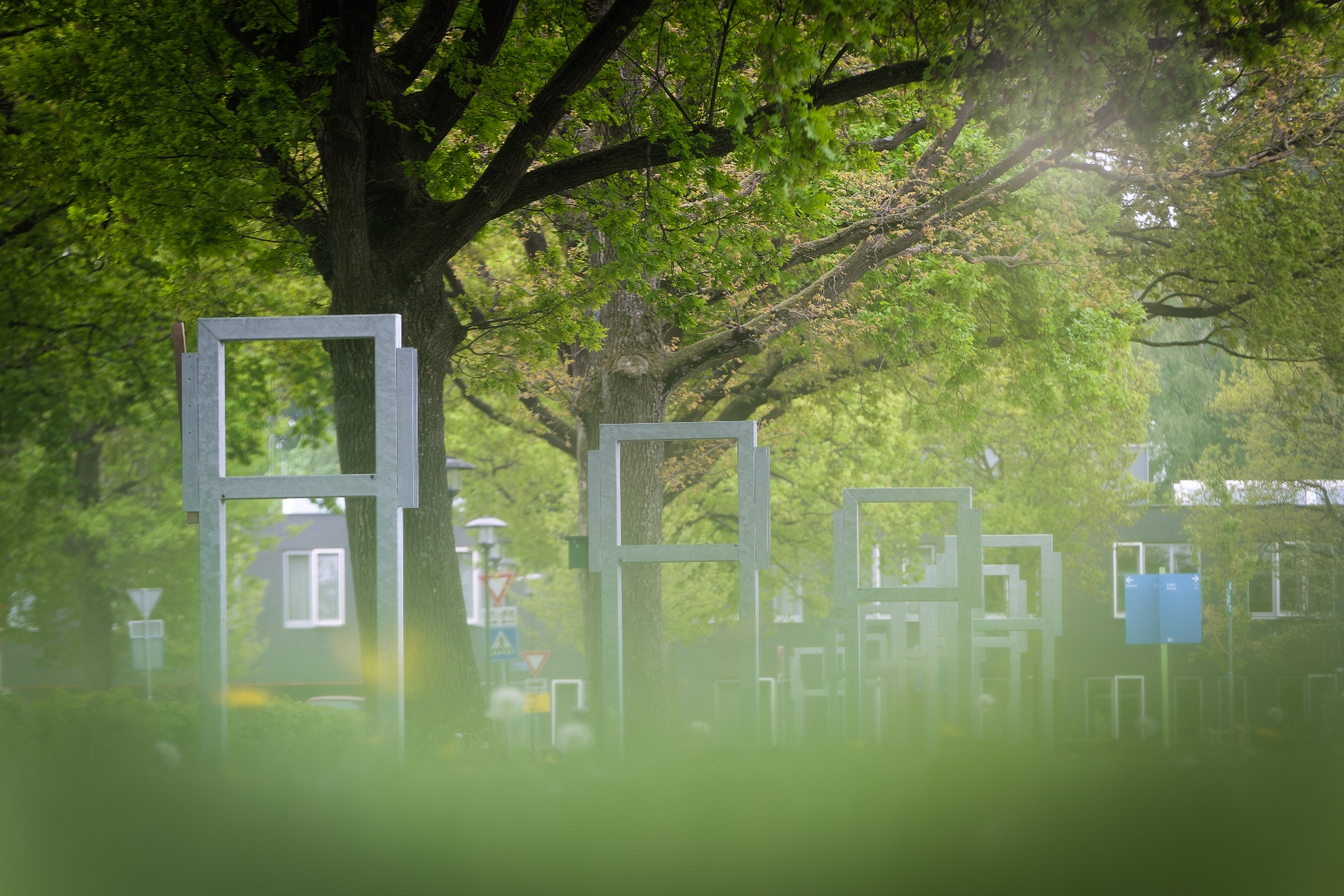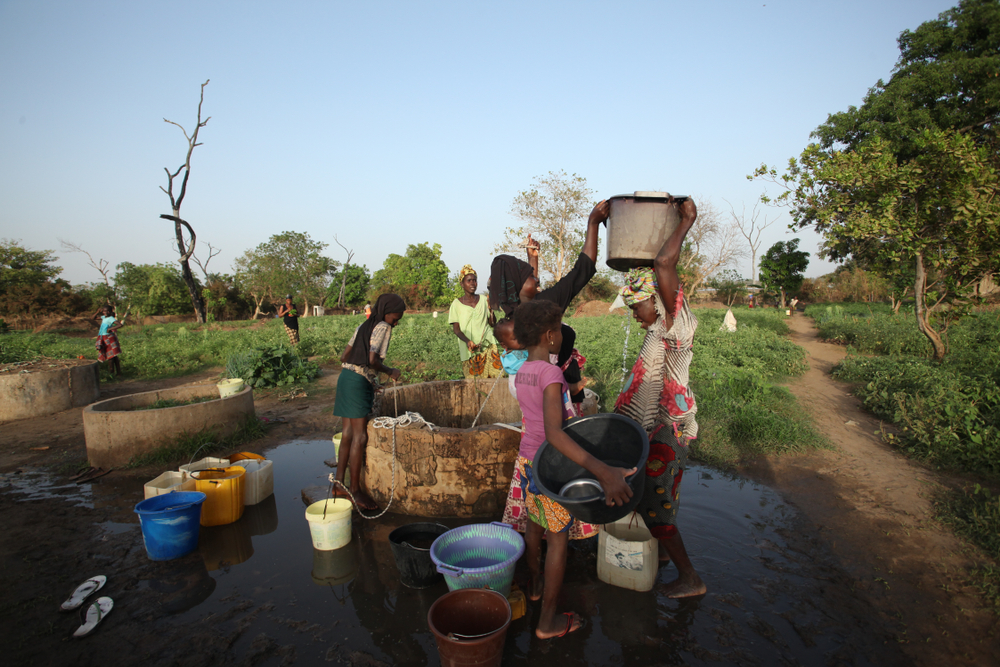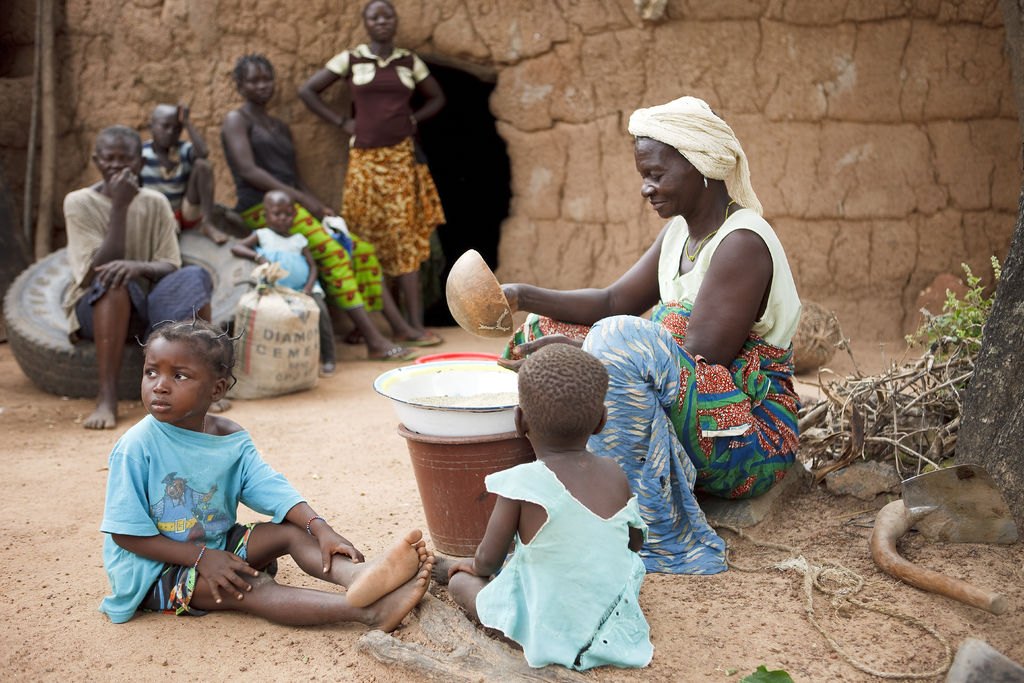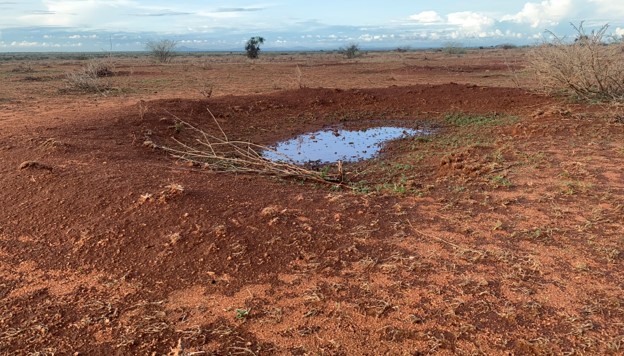In spite of a promise made, the dismantled photo exhibition Power of the Wasted will not be coming back. Sebastiaan Berendse, director of Value Creation and responsible for the exhibition, explains the decision.
The 19 large photos in the new outdoor gallery at Impulse were on display for barely a week in September last year. The images, taken by International Development Studies alumnus Jurrian Veldhuizen, showed the informal recycling of plastic waste in the Ghanaian city of Kumasi. The exhibition of the photos provoked great anger among some African students. Sebastiaan Berendse, director of Value Creation and ultimately responsible for Impulse’s programming, had the photos taken down. The plan was to remove them temporarily in order to calm things down and take time to talk about it. But it has since been decided that the exhibition will not return at all.
What was wrong with those photos?
‘That is not the right question. The content of the exhibition is not in itself the problem, so much was clear from the many discussions there have been since it was removed. The problem was the narrative that the images evoke for the African community. Images always carry emotions and feelings. Those who look at them have a particular experience.’
So what is the narrative that is evoked?
‘It is about seeing Africa only in terms of underdevelopment. They feel that the exhibition says: you see, it’s still a shithole. In their view, the photos are stereotypical. They do not deny that this is also a part of the African reality, but it is only one aspect of it. They feel the photos portray them in a negative, one-sided way.’
What I see in the photos is people who earn their living by creatively recycling waste.
‘Yes, that’s true. I didn’t initially think these images evoked anything objectionable. And of course that was not what WUR or the photographer intended. But I grew up in Western Europe, raised by white parents. The discussions made me realize that I look at things in one way and someone else might experience it very differently.’
In WUR’s explanation of why the exhibition will not return, a link is made with colonialism and racism. Isn’t that far-fetched?
‘That may seem a big step, but ultimately that is the crux of the reactions. In the discussions we held, we dug beneath the fierce reactions to get to the deeper pain underlying them. In the end, it largely boils down to not feeling recognized as part of the wider WUR community. The feeling that “I don’t count”. They feel they are looked at and approached through a white Western lens. So that’s what we need to talk about.’
If the photos themselves are not the problem, then why are they not returned – put in context?
‘In the end, that decision was made by the Executive Board. I advised against putting up the exhibition again, in consultation with Inge Wallage, Director of Corporate Communication & Marketing. This was precisely in order to create space for a broader conversation about colonialism and racism and to address issues such as diversity and inclusiveness within our organization. Can you have a good conversation about that, if at the same time you blatantly kick some people in the shins by hanging up those photos again?’
In the statement, you talk about ‘freedom of expression, without insulting anyone’, but also ‘without cancelling a priori anything that’s uncomfortable’. But isn’t that what is happening here: cancelling a photographic art exhibition?
‘No, I don’t think so. But I do understand that it can be seen that way. Not putting the exhibition back is a big step. But I don’t see it as going whichever way the wind blows. We have discussed that aspect of it at length – the way expression of opinions and art can raise questions. The thing is, it would be rather strange to put the photos back when you know that it hurts people in your community and at the same time you want to have a conversation about how you can form a more inclusive community together. The two don’t go together.’
Were mistakes made in this whole process?
‘Yes. Before we hung up the photos, we could have given much more thought to the one-sided image of Africa that was being portrayed and what these images might evoke. The context of the exhibition from the WUR perspective was missing too. Why are we displaying this? What is the objective? We will have to do that differently next time. But even then, you cannot always predict what will happen. And then the important thing is how we respond in the end. We will have to find the right way of dealing with such things together as we go along. That’s why you have conversations so you can see each other’s point of view.’

 Empty billboards outside Impulse. Photo Guy Ackermans
Empty billboards outside Impulse. Photo Guy Ackermans 

